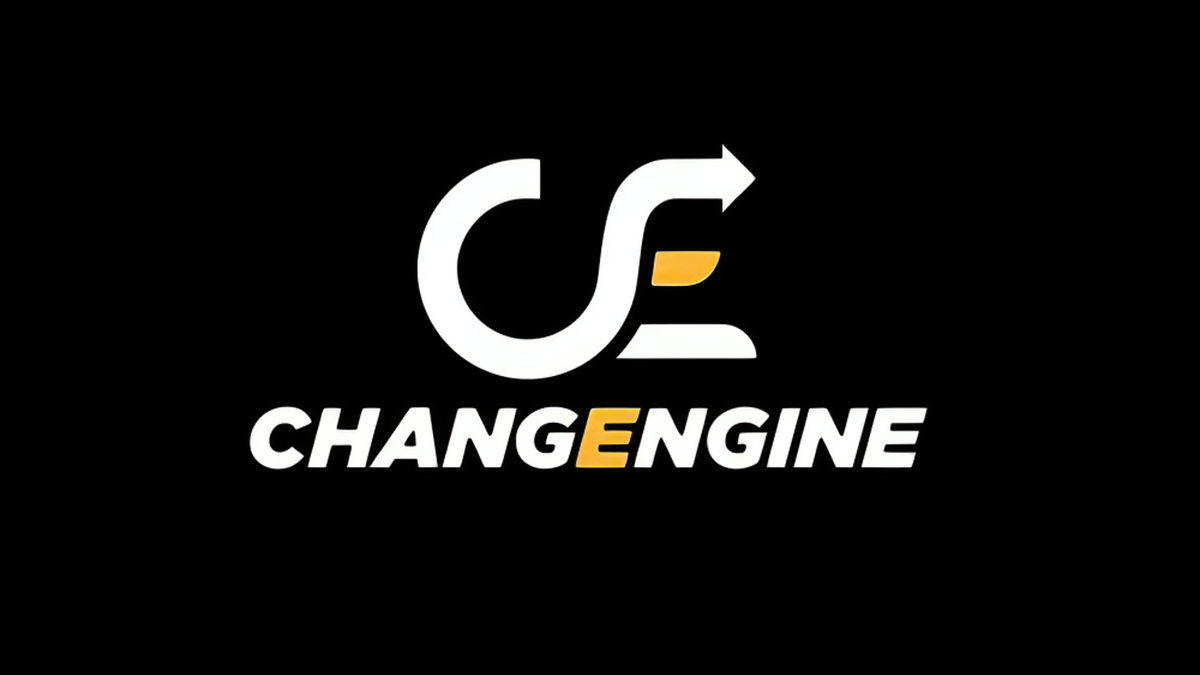Deepfake Fraud: Understanding the Risks and Prevention Techniques
In an era dominated by digital advancements, particularly with artificial intelligence (AI) transforming various sectors, a troubling by-product has surfaced: deepfake frauds. Deepfakes are hyper-realistic audio and visual content generated by advanced machine learning models, and they have emerged as powerful tools for cybercriminals. These frauds can range from impersonating CEOs to execute wire fraud to producing deceptive hostage videos for extortion. This marks the beginning of a serious challenge in cybercrime.
Evolution of Deepfake Scams
Deepfake technology first gained popularity as a form of entertainment, showcasing celebrity face-swapping applications. However, what began as mere amusement has swiftly escalated into a significant cyber threat. Cybercriminals employ complex architectures like Generative Adversarial Networks (GANs) to produce convincing voice, video, and image forgeries.
As reported by The Wall Street Journal, a notable incident in 2019 involved a UK energy firm that fell victim to a deepfake scheme. Criminals manipulated the CEO’s voice to trick the company into transferring $243,000, marking one of the initial corporate deepfake fraud cases.
In another instance, CNN reported a deepfake audio recording that surfaced just days prior to a crucial election in Slovakia. This fabricated recording allegedly captured a prominent politician discussing ways to manipulate the election outcome. The misleading content, created and distributed by unethical actors, contained false statements aimed at damaging the candidate’s reputation. This disinformation caused considerable confusion and distrust among voters, casting doubt on the integrity of the electoral process until fact-checkers stepped in to clarify the situation.
Taxonomy of Deepfake Scams
Corporate Espionage and Executive Impersonation
Criminals leverage deepfake technology to imitate the likeness and voice of senior executives, issuing misleading instructions to employees. A notable case in Hong Kong saw a deepfake audio call convincingly mimic a company director, resulting in a theft of $35 million.
Simulated Hostage Scenarios
Cyber extortionists are utilizing deepfake videos to create the illusion of individuals in peril, pressuring family members for ransom. U.S. law enforcement uncovered a group that leveraged these fabricated hostage videos to deceive victims’ families. Reports from Fox26 Houston indicate a rise in kidnapping scams, with fraudsters increasingly employing AI to replicate voices or images of loved ones, heightening the emotional manipulation in these schemes.
Identity Appropriation for Financial Fraud
Fraudsters utilize publicly accessible personal media to forge synthetic identities. A high-profile case saw the image of a social media influencer exploited to fraudulently secure loans amounting to hundreds of thousands of dollars.
Sociopolitical Manipulation and Disinformation
Deepfakes have proven to be tools for political destabilisation by distributing fabricated videos depicting public figures making inflammatory remarks. Such forgeries ignited considerable unrest in various nations in 2020.
Fabricated Celebrity Scandals
Celebrities, being high-profile targets, face deepfake hoaxes that misuse recordings of them in compromising situations, resulting in severe reputational damage and confusion.
Factors Contributing to the Growth of Deepfake Fraud
Multiple interconnected factors have contributed to the rise in crime driven by deepfakes:
Technological Accessibility
With the availability of open-source repositories that provide pre-trained deepfake models, malicious actors now find it easier to engage in these deceptive practices.
Abundant Personal Media
The pervasive presence of social media creates a vast pool of images and videos from which deepfakes can be synthesized.
Cognitive Vulnerabilities
Human tendencies lean towards trusting audio-visual content, which leaves individuals susceptible to deception.
Research Advancements and Cybersecurity Countermeasures
Cybersecurity experts are tirelessly developing techniques to identify deepfakes. These systems detect subtle signs indicating inauthenticity, such as unusual eye movements, mismatched lip synchronization, or unrealistic reflections. Major companies like Microsoft and Google collaborate with researchers to create databases of confirmed deepfake materials, improving the detection of new forgeries.
Legislation is also evolving in response to this growing issue. The European Union has introduced laws requiring social media platforms to identify and label false information, enhancing users’ understanding of what they encounter online.
Simple Ways to Protect Yourself
Double-check Suspicious Videos and Audio
If an unexpected message solicits money or personal details, verify its authenticity. Contact the individual directly or use established, trusted communication channels.
Limit What You Share Online
Minimising the amount of personal media shared publicly makes it more challenging for fraudsters to create deepfakes.
Use Multiple Verification Methods
When faced with an unexpected request, confirm it through various communication methods for added security.
What’s to Come
As deepfake technology progresses, distinguishing genuine content from fakes will grow increasingly complex. Researchers are developing solutions that may embed invisible watermarks in real videos and images, facilitating the detection of alterations.
The battle against deepfake fraud continues, making vigilance essential. In a landscape where videos and images can be effortlessly manipulated, maintaining a critical perspective on online content is vital for safety.
(Shamsvi Balooni Khan is based in Michigan, US, where she is a current Master of Science in Data Science student at Michigan State University.)









